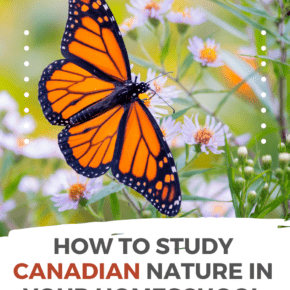What comes to mind when you think of Canadian nature study? A nature journal? A magnifying glass? Examining maple leaves? Perhaps raising butterflies or going on a hike? There are many ways to approach nature study in your homeschool. Some ideas even include technology, which can be a draw for many kids! Here are some great ideas on how you can include nature study in your homeschool in a fun and engaging way.
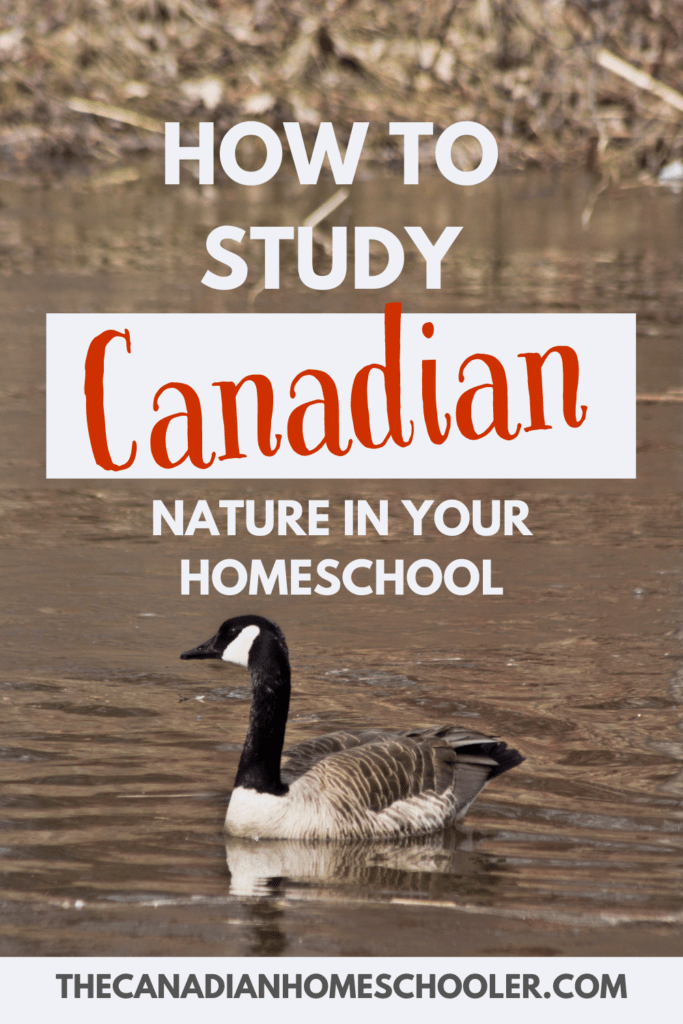
Nature Photography
Do your kids like to use a camera, even on a phone or other device? Get them involved with nature photography. You can get them involved in taking photos to enter nature photography contests or your local Fall Fair. They can take photos to make a photo book, add to a nature journal or frame their own nature photos for their bedroom, to give as gifts, or to make a calendar! Photos make great cards as well! There are plenty of sites online that teach the basics of photography and composition. Check out our list of resources to teach your kids about photography. Another great site to have a look at for more information about specifically nature photography for kids is Audobon’s Challenge Your Kids With These Six Nature-Photography Projects.
For more technical skills for older kids looking to learn DSLR photography, a great course that we used for one of my older children is A Year with My Camera. The email-based lesson option is free!
Taking photos of nature is also a great way to help you identify what you are looking at. If you are interested in knowing what a plant or tree is called, trying to get as many different parts photographed can really help. Try taking photos of the leaves, stem/trunk, the plant or tree overall, maybe some flowers or fruit, etc. Your photos can then be uploaded to iNaturalist Canada where you can have more help with identification!
iNaturalist Canada
Do your kids like using technology? iNaturalist Canada is a great way to get kids who are interested in technology involved in studying and observing nature! They can also use their photography skills in a productive way! You can get help with identification and engage in some citizen science with your kids. Check out this video that explains more about it!
Nature Identification
Go on a walk or have a look around your backyard and find 5 plants, trees, insects, flowers, birds or other animals that you don’t know about. Take a photo if you can, with as many parts and angles as you can. Then use an online resource, app, local Facebook nature group, friend or field guide to help you figure out what you found. When we know the names of nature items, we tend to care more about nature in general. What an important lesson to pass onto our children to care for the earth we have been given!
Another fun idea is to try to learn as many names as possible for commonly seen flowers, trees, birds and animals that are found in your area. Keep a list and note the location and date of your sighting! I enjoy having a list of all the birds and wildlife I have seen in both my local area and in my backyard. Its especially fun to see how many different bird species there are in my backyard! Once you get a list going, your kids could even classify what they have seen. Check out our free animal classification printable!
Great apps for Nature Study
There are many apps out there for nature study. Here are a few that have free versions and can be an interesting way to add technology to your nature study!
Seek
I already mentioned iNaturalist Canada. They have an app called Seek. It uses image recognition technology to help figure out what you want to identify. You can even earn badges and participate in monthly challenges. They even claim to be kid and family safe because they don’t require registration, they keep your location private during use and they don’t store your precise location.
Stellarium
Stellarium is a neat app that helps you identify what you see in the night sky where you live. This is often a forgotten part of nature study and one that kids love to know more about! It is especially neat learn where you can see planets in the night sky!
Merlin
Merlin is a bird identitication app. It can help you identify birds by sound or the way they look. Check it out and get help with identifying birds in your area!
Books for nature identification
If you prefer books, there are lots of field guides out there! I would recommend a full field guide over the kid’s versions (sometimes called First Guides). Often we found that we needed the more detailed guides marketed for adults to find what we were looking for. Field guides are organized by geographic location so make sure you look for one that covers your area. Many popular field guides make different versions for different areas.
One thing to consider is that everyone who owns field guides has their own personal preferences. Some people prefer guides with photos, and some people prefer guides with drawings. I like having a variety of guides available to me. I personally prefer using my Peterson field guides for birds, and my Lone Pine plant field guides for more local information about plants. But I also own others, especially for birds which is a big interest of mine. I sometimes compare the information in my Peterson bird guide vs. my Sibley bird guide, for example.

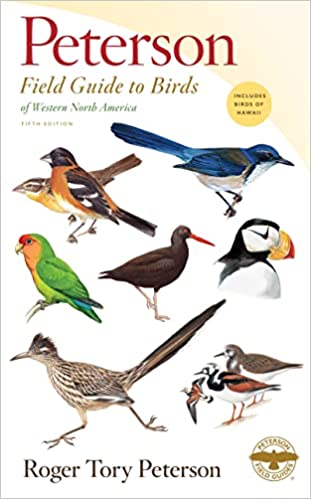
I also have a Reader’s Digest North American Wildlife guide that I really love because it has everything including plants! If you can only buy one, that is the one I’d suggest. However, it sometimes can be a bit more confusing because you don’t have the benefit of looking only at animals or plants that occur in your area as you can in more targeted field guides.

You will find more specific information if you buy a field guide that pertains to your area. A great idea to figure out what works for you is to go to your library and have a look at some of the field guides that are more local to you before you decide what you like. Sibley, Peterson, Lone Pine, and National Audubon Society are my top recommendations.
Canadian Nature Study Book Suggestions
Another great way to add Canadian nature study to your homeschool is to read books about nature. There are many, many nature books out there! Have a look at your library or check out some of these recommendations about Canadian nature:
-Kids Canadian Nature Series: The Kids Canadian Bird Book, The Kids Canadian Tree Book, The Kids Canadian Plant Book, and The Kids Canadian Bug Book, all by Pamela Hickman. These are only available second hand but are excellent books for kids!
–Canada Wild: Animals Found No Where Else on Earth by Maria Birmingham
–My First Book of Canadian Birds by Andrea Miller
–West Coast Wild Babies, West Coast Wild: A Nature Alphabet, and West Coast Wild at Low Tide all by Deborah Hodge
–Keep up Katmai by Pili Palm-Leis
–Backyard Birds by Robert Bateman
Get involved with Citizen Science or Volunteer!
Citizen Science is when members of the public, like you and your family, participate in scientific research! What a neat way to study nature and help scientists. There are also volunteer opportunities across Canada that your family could get involved with. Some examples of Citizen Science projects or volunteer opportunities that you could join are:
Bumblebee Watch
Bumblebee Watch is a “collaborative effort to track and conserve North America’s Bumblebees”. To participate, you take photos of bees and upload them to the website.
Journey North
Journey North is a website that tracks migrations and seasons of many migrating wildlife as well as changes in nature. Some of the things they they track are hummingbirds, monarch butterflies, barn swallows, common loons, ice-out, signs of spring, and projects such as pollinator patch and tulip test gardens.
Great Backyard Bird Count
The Great Backyard Bird Count happens every February. You can spend as little as 15 minutes watching birds- even from the comfort of your own home through a window! Identify, count and submit your sightings to help with citizen science.
Christmas Bird Count
The Christmas Bird Count happens every year in December. This is the longest running citizen science project, started in 1900! Different areas have different dates. Check the website to see a map of where there is a Christmas Bird Count near you and how to get involved. The map shows many locations right across Canada!
Project Feeder Watch
Project Feeder Watch is a November-April survey of the birds that come to your feeder or other location you are willing to watch. The schedule is flexible. When you join you get some goodies such as a double-sided poster of eastern and western common feeder birds.
Nature Watch
Nature Watch is a Citizen Science project involving the projects of WormWatch, FrogWatch, PlantWatch, MilkweedWatch, IceWatch and SnowTweets. Get involved with one or more of the projects and start watching and recording!
Nature Conservancy Canada Volunteer
Nature Conservancy of Canada holds many events across Canada where volunteers are needed. Check back if there isn’t anything listed near you as events are added at different times.
Parks Canada Volunteer
Parks Canada takes volunteers. Some are for adults only but there are some listed that would work for families or teens! Check their website for more details.
Birdwatching
Birdwatching, or birding as it is also known, is such an accessible way to study animals. Many animals aren’t seen on a regular basis, but every time you go outside you are almost guaranteed to see or hear a bird, or at least evidence that one has been around! You can get involved with eBird to check out what species others are finding in your area or to create your own list online! If you want some free downloadable lessons about birds, have a look at the Cornell Lab of Ornithology’s Feathered Friends curriculum. Or for more resources and ideas, check out our post about birdwatching to get some more tips about how to include birdwatching in your homeschool. Birdfeeders and hummingbird feeders are also a great way to birdwatch- and from the comfort of your own home!
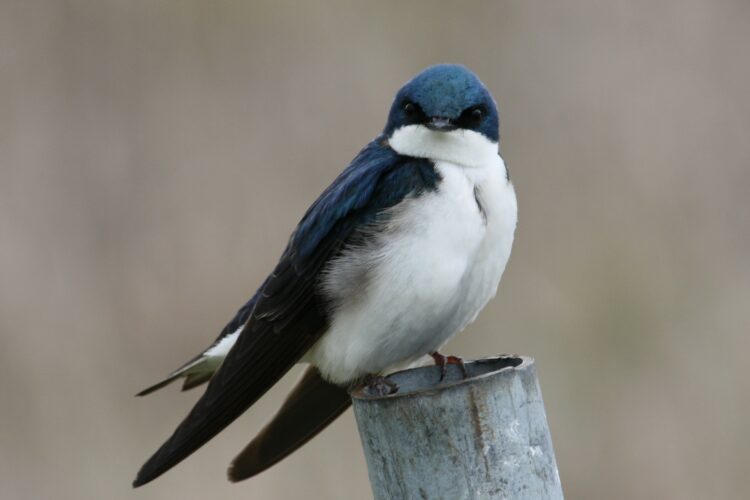
Birdfeeders
We love feeding the birds! The best way to do so is by keeping it simple- black oil sunflower seeds and a variety of feeders such as platform and tube-style. Its important to have a tree or bushes nearby for birds to feel safe. Don’t buy the mixed seed with other seed types in it- birds often leave the other filler parts behind and just choose the black oil sunflower seeds! It might take a few days or even a week or two for birds to find your feeders.
If you want to make some homemade birdfeeders, check out these ideas from The Cornell Lab of Ornithology. They also have some ideas on how to maintain a birdfeeder.
It is important to take note of what your area allows for birdfeeders. In our area it is frowned upon to feed birds unless its winter because you might attract bears. If you don’t live in an area with bears or other wildlife problems, you can probably enjoy feeding the birds year-round!
I enjoy planting flowers that attract birds to my garden in the summer. Echinacea, black-eyed susans, scarlet runner beans (a type of pole bean), sunflowers and bee balm have given me the most success with attracting birds. Birdbaths can also be another way to attract birds to your yard.
Hummingbird Feeders
Another type of feeder is the hummingbird feeder. In most parts of Canada, you can find only the ruby-throated hummingbird. Setting up a hummingbird feeder is simple- you can buy them at stores such as hardware stores. The keys are to keep it clean, only use white sugar (no specialty sugars or honey or anything other than simple white sugar) and NEVER use red food colouring. It is dangerous to hummingbird’s health to use red food colouring. Also, don’t buy the ready-made food at the store as it is often not good for the birds. Keeping the feeders clean is also very important for the bird’s health. Its not difficult once you know how- check out this link from the Cornell Lab of Ornithology for how-to and more information such as how to attract hummingbirds.
If this sounds too complicated for you, we have found that scarlet runner beans and red bee balm also attract hummingbirds to our garden! Scarlet runner beans are a type of pole bean that can easily be sown at the bottom of a place to climb, even as simple as a few long sticks made into a teepee shape. You will need to start growing them in the spring when the garden is warm enough to plant and they will die with the first hard frost. Red bee balm is a perennial, which means it will come up every year. You can find it by asking around if anyone who gardens is ready to split theirs and give you a piece, or at a local garden center. We have found red to be the best colour to attract hummingbirds.
Nature Journals
Nature journals are another way to do nature study. It is a great way to study nature for those kids who are into art or writing, but it doesn’t have to just involve drawing or writing- you could paint, write, press samples from nature, do bark or leaf rubbings, or add photographs! Some ideas for writing are lists of things you’ve seen, poetry or a paragraph about what you did that day in nature. If you’re stuck on what a nature journal could look like, check out How to Teach Nature Journaling or My Nature Journal. Some kids really don’t like nature journals. If this isn’t your kid’s style don’t push it- engage them with another method of nature study instead!
Nature Projects
We have enjoyed some fun nature projects over the years! Projects are always a great way to learn.
Amaryillis Bulbs Indoors
Around November through to February each year, you can find amaryillis bulbs for sale in box kits at many grocery store produce sections. They are usually around $7-10 per kit that comes with everything you need except water! Often times they even have sales or later in winter, clearance where I’ve gotten bulbs for as little as $2. We buy a few of these bulbs each year and watch them grow. Its fun to have some added colour in the winter but there’s also lots to learn watching an amaryillis grow! One thing that you can do is measure the height change each day. You could buy two bulbs and put them in different locations and see which one blooms first and talk about some reasons why. My kids have had a lot of fun hand-pollinating their flower with a Q-tip and then watching the seeds develop. If you wait long enough, the seed pod will dry out and produce seeds. You can plant these, although it takes several years to get a bulb. The process of pollination is an important topic for kids to know about, and you can’t get much more hands-on than doing it yourself!
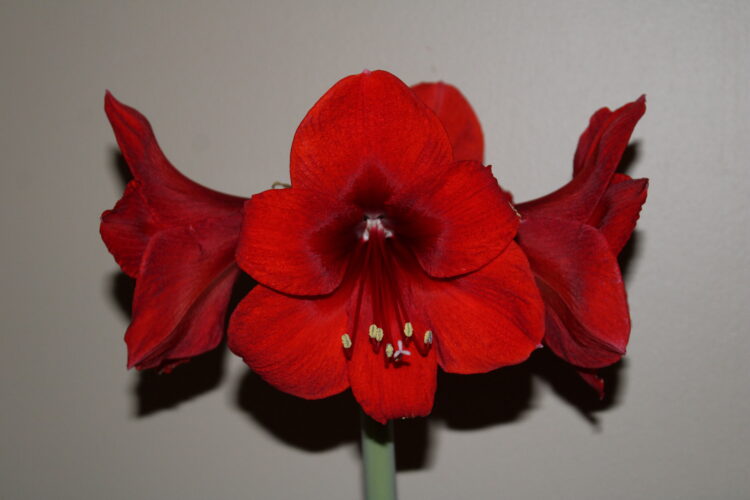
Owl Pellet Dissection
Owl Pellet Dissection is another awesome nature project. It is an extremely neat way to get hands on while learning about owls! There are many places online that sell owl pellets for dissection. I highly recommend this activity! The kids find it fascinating!
Flower Dissection
If its off-season for flowers outside, you can also do this with purchased flowers (the cheapest is probably from a cheaper grocery store). Some flowers have more easily-identifiable parts than others, so its good to get one that has visible stamen and anthers, like a lily style flower. Then you can carefully take the flower apart, lay the parts down onto paper and then label all the parts!
Listening to the Frogs
This is a fun project to do in the spring. Where you live affects when the frogs start calling in the spring. There are also different types that call at different times. Where I live, you can’t miss it- just step outside on a night in May and you will hear the spring peepers calling! But if you live farther away from a wetland area you will need to take a special trip. Frogs start calling soon after the spring thaw has begun! Find a wetland area near you and be very still and quiet. If you’re not still or quiet, the frogs will stop calling. Often times we can hear them but we don’t see them! A great lesson in camouflage!
Frog Watch
There’s a really neat program online called Frog Watch. It is a Canadian program. You can go to their website and learn more about frogs, the types you will find in your area (search by province or territory), get some downloadable curriculum about frogs, and submit your own observations! When you click on your province or territory, all the frogs you might find are listed. If you click on each species on the “learn more” button, you can listen to what they sound like and learn their calls! This will help you identify which frogs you are hearing! Try going back to the same wetland in a week or two and see if you can hear a different kind of frog calling.
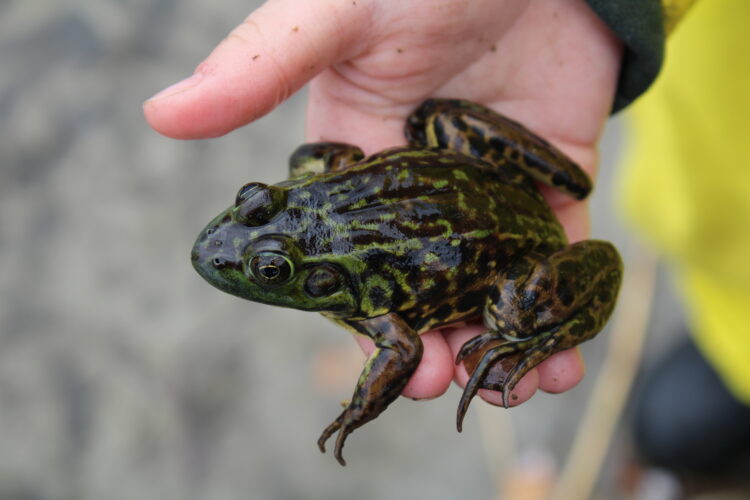
Tadpoles
Soon after the frogs start calling they will be mating and laying eggs! See if you can find some frog or toad eggs near you. Toad eggs look like a string, and frog eggs are in a glob. Where I live, there is an unpaved road with deep ditches that fill with water in the spring. There are always hundreds and hundreds of tadpoles there! Many amphibians lay their eggs in “vernal pools” which are areas of water that are only there during the spring melt and disappear as the weather warms up. They are great spots to look for eggs! You want to look for areas of standing water, not flowing. Once you have found some eggs or tadpoles, visit again in a week or two and see what happens next! Visit regularly with a net and bucket to catch the tadpoles and observe before releasing again! Take note of the changes that you see. Some frog species go through metamorphosis fairly quickly, and others can take up to 2 years!
Ant Farm
An ant farm is another really neat project for kids. You can buy the ant farm or make your own. We got one second hand and collected ants in our yard. Later, we returned them to the same spot. It was really neat to watch them build tunnels and get food! Don’t worry, we didn’t end up with any ants escaping.
Pond Study
One of my favourite nature activities to do in the spring is pond study. All you need are some buckets and nets. If you have some clear containers those are even better because then you can see from the sides of the containers as well. Go to a pond or shallow lake with rubber boots sometime in May or early June. See what creatures you can find in the water! You can prepare your kids ahead of time with some idea of what they might see using resources online such as this handy chart showing some pond creatures. A great detailed book idea is A Golden Guide: Pond Life, Revised and Updated. I highly recommend this one! Or check out Be a Pond Detective by Peggy Kochanoff.
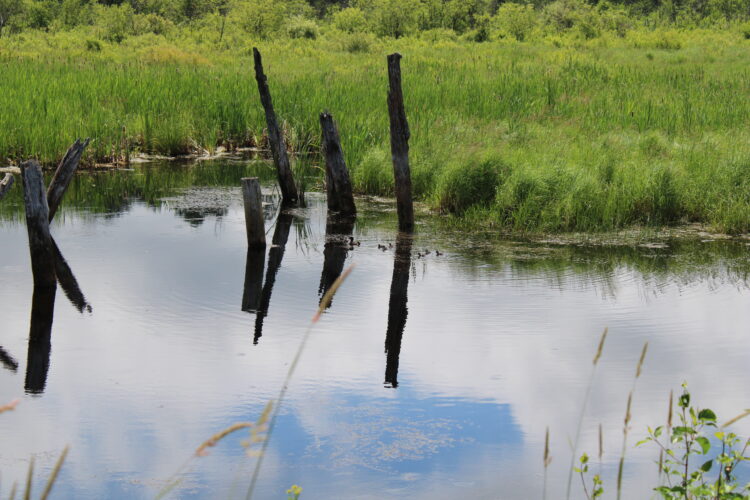
I hope you now have lots of ideas about how to make Canadian nature study fun, engaging, interesting and an enjoyable part of your homeschool!
- Engaging Ways to Learn About Canada’s Mammals - April 17, 2024
- Exciting Ideas for Studying Canadian Immigration in your Homeschool - March 17, 2024
- Canada’s Provincial and Territorial Birds: A Quick Guide for your Homeschool - February 16, 2024

